As climate change and habitat destruction become increasingly public concerns, it is important to educate audiences about the importance of wildlife conservation and the role of human interaction in these habitats.
However, there are certain difficulties in animal observation due to some factors. For example, specific animals are more active at night, with insufficient light or hidden in the depths of the jungle, it is difficult to find them; some animals are extremely aggressive or full of danger and are not suitable for close observation.
Thermal imaging technology has the ability to effectively translate heat - that is, thermal energy - into visible light to analyze surroundings. With the help of infrared images, animals can be tracked even in poor visibility conditions and total darkness.
So what do these animals look like under infrared thermal imaging?
1. Infrared Thermal Imaging · Bear

2. Infrared Thermal Imaging · Zebra
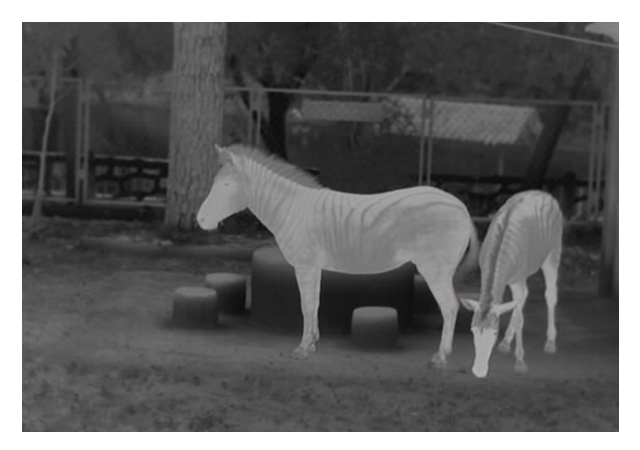
3. Infrared Thermal Imaging · Deer
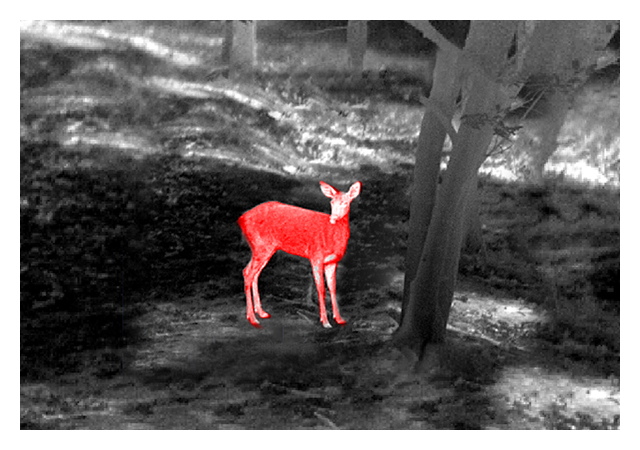
4. Infrared Thermal Imaging · Cat
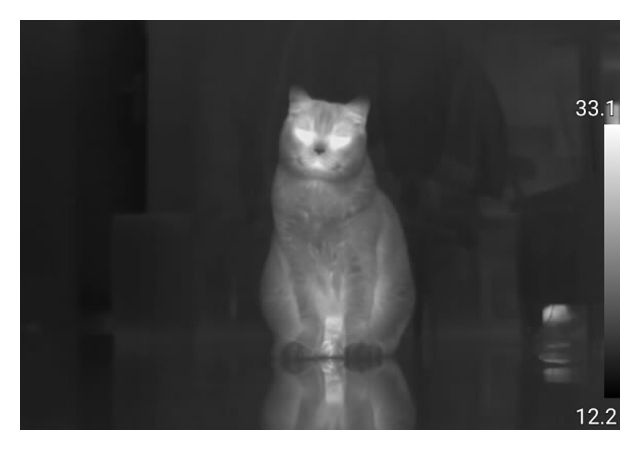
5. Infrared Thermal Imaging · Ostrich
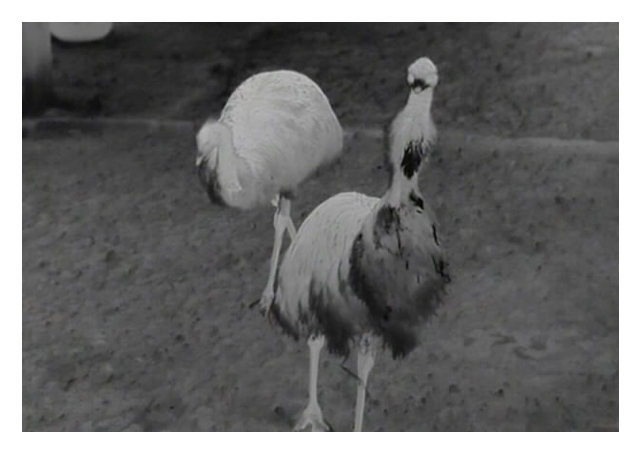
6. Infrared Thermal Imaging · Goat
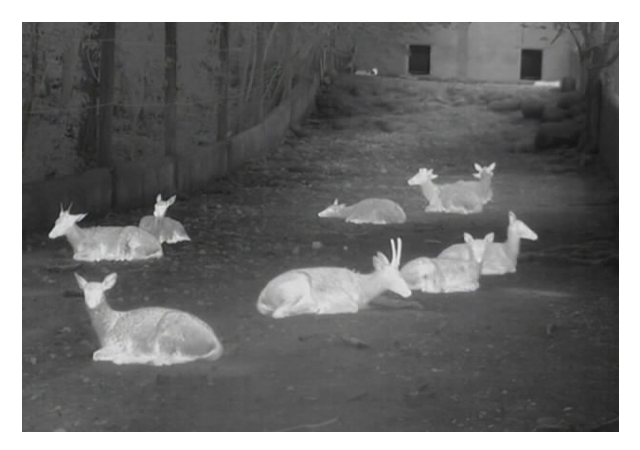
7. Infrared Thermal Imaging · Bird
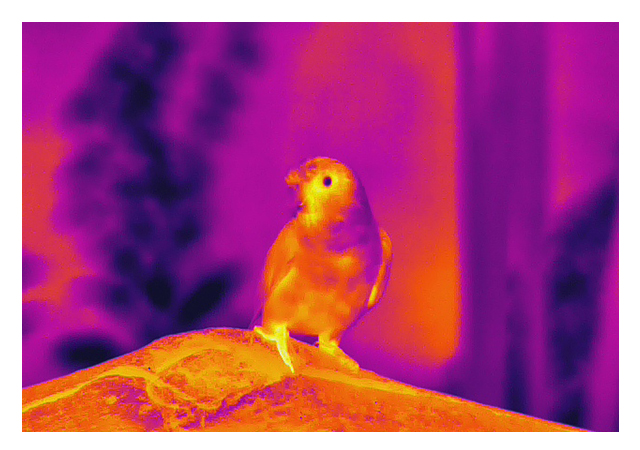
8. Infrared Thermal Imaging · Kangaroo
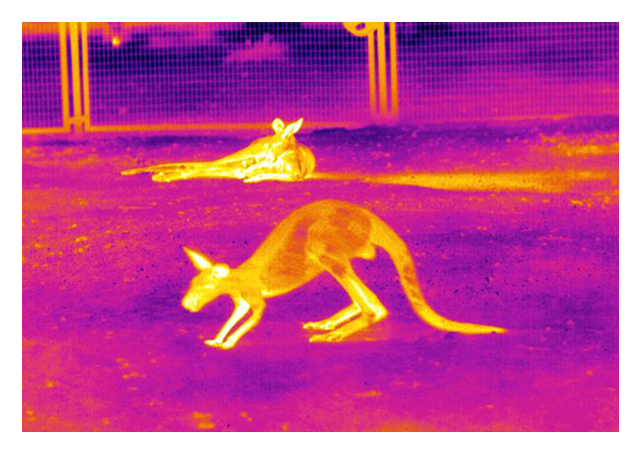
9. Infrared Thermal Imaging · Swan

10. Infrared Thermal Imaging · Camel
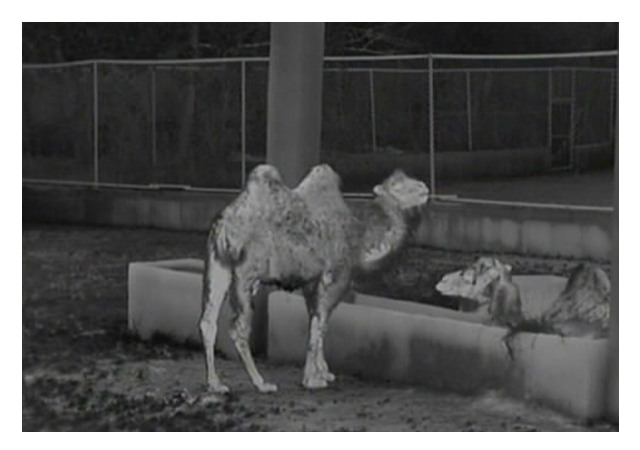
11. Infrared Thermal Imaging · Duck
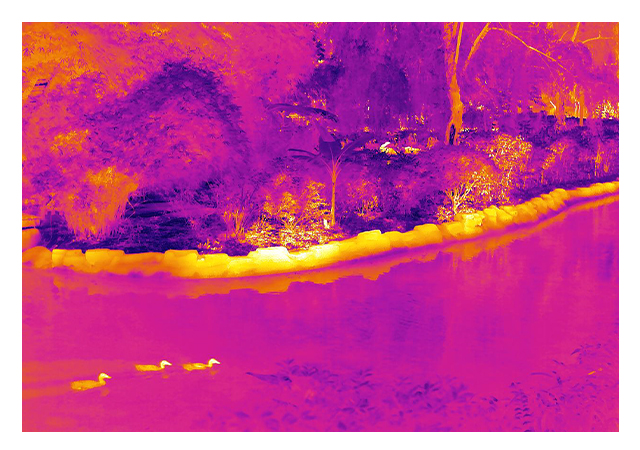
12. Infrared Thermal Imaging · Flamingo

Go Top